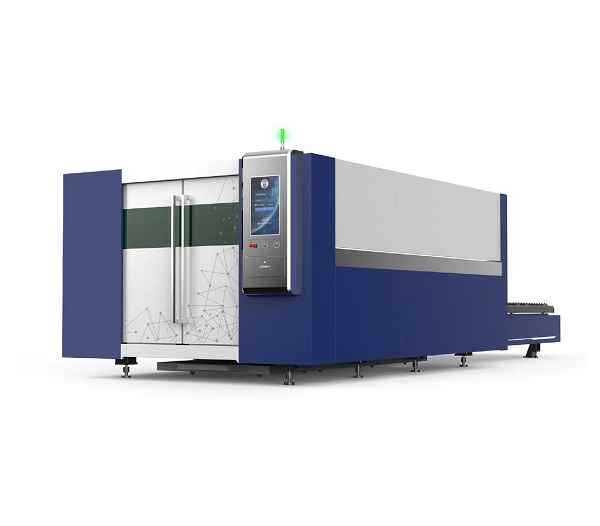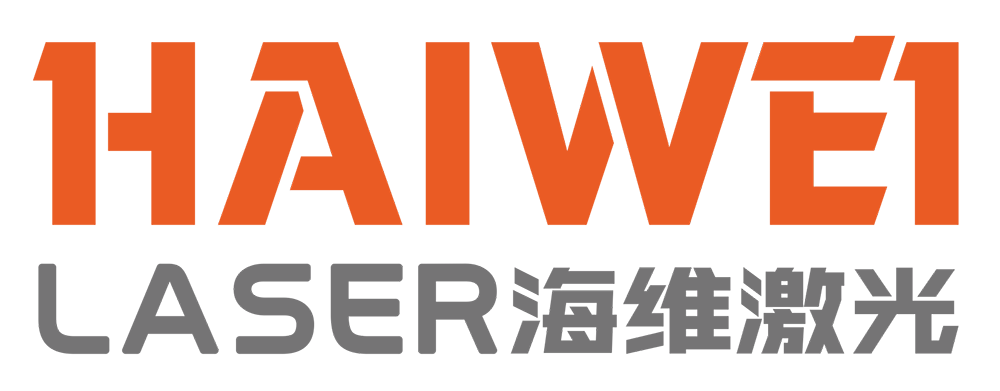Why Laser Cutting Machines Improve Production Efficiency
When manufacturers switch to a laser cutting machine, the gains in throughput often come not from raw speed alone, but from how the technology streamlines the entire workflow—from setup to finishing.

Minimal Setup and Tool Changes
Unlike mechanical cutting methods that require dies, blades, or punches, a laser cutting machine uses a focused beam that can cut any shape defined in software. Changing from one part to another takes seconds—just load a new file. This is especially valuable for job shops handling small batches or custom orders.
High Precision Reduces Secondary Work
Laser cuts typically have narrow kerf widths and smooth edges, especially on thin to medium sheet metal. This often eliminates the need for deburring, grinding, or reaming, shortening the post-processing stage and reducing labor costs.
Continuous, Unattended Operation
Modern fiber laser systems can run 24/7 with proper material handling. Integrated autoloaders and pallet changers allow the machine to keep cutting while operators handle other tasks. For high-volume parts, this dramatically increases effective machine utilization.
Flexible Material Handling
A single laser cutting machine can process stainless steel, aluminum, copper, and even some plastics—often without hardware changes. Switching materials usually only requires updating parameters in the control software.
Real-World Impact
In practice, shops report:
30–50% reduction in total part cycle time compared to plasma or punching;
Lower scrap rates due to optimized nesting software;
Faster response to design changes, supporting agile manufacturing.
What Buyers Should Verify
Before investing, test your actual materials and part geometries. Check:
Cut quality at your required thickness;
Gas consumption and power efficiency;
Ease of maintenance (e.g., lens cleaning, nozzle replacement).
The efficiency of a laser cutting machine lies in its ability to do more with fewer steps, less manual intervention, and greater adaptability. For businesses aiming to reduce lead times and improve responsiveness, it’s a practical upgrade—not just a faster cutter, but a smarter production tool.
Recent Posts
- What are the advantages of laser welding machines in lithium battery pack production lines?
- What issues should be noted when choosing a lithium battery pack production line?
- Quality Inspection and Control of Lithium Battery Module Pack Production Line
- Cell grouping and sorting process in lithium battery module pack production line
- What are the safety hazards of lithium battery pack production lines and how can they be prevented?
INQUIRY

